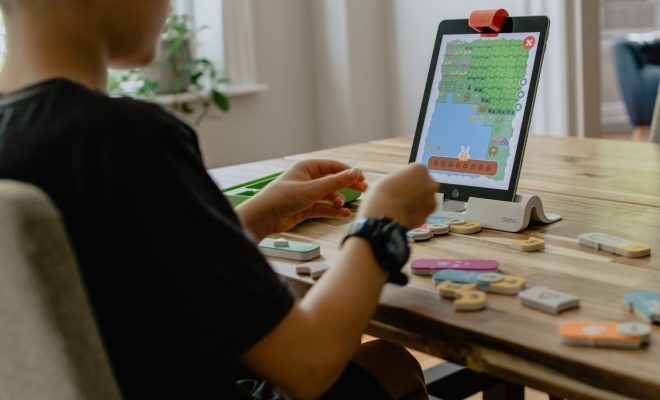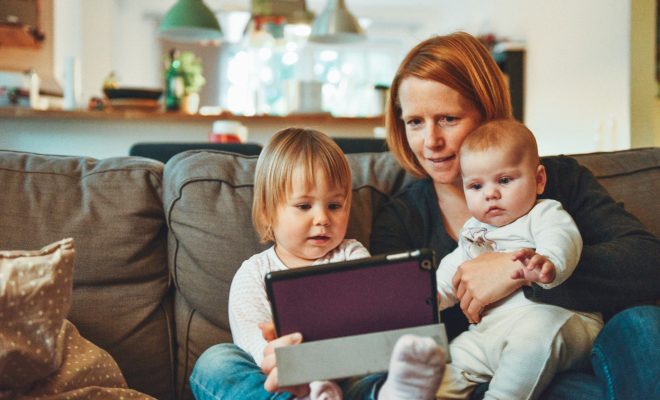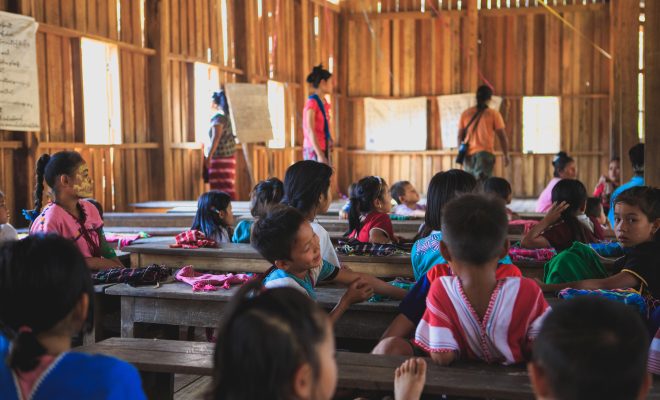Reluctant Readers Apps, Tools, and Resources That We Love

Are you looking for apps, tools, and resources that you can use to help reluctant readers? If so, we have you covered. Check out our list below. Let us know if there are any that we missed.
Epic!– This is an eBook library for children under 12 in North America with over 15,000 top-shelf books; there is a version available for educators and one for parents (home). Epic! for the home is the version for children; this app accommodates four children profiles that function independently of one another. Available for only $4.99 per month. Epic for educators is the version for educators and librarians; it is free in the US and Canada.
Reading Rainbow– Reading Rainbow is a way to provide your child with an extensive collection of books—up to 10 million books and video field trips for children. This app has an extensive library of books that would engage kids for a long time and awaken their imagination. The recommended age for children to use this app is three through nine years old; the book collections include fiction and nonfiction, as well as videos of field trips hosted by LeVar Burton.
Reading Intro by Oz Phonics– Reading intro by Oz Phonics is designed to help anyone with reading difficulties—especially for kids with dyslexia. The app helps the user recognize the sound of any letter with the use of simple, fun tasks. The app introduces users to short vowel sounds, 10 consonant sounds, and up to 15 letter-sound relationships. The app uses a reading system called the Oz Phonics reading system, which includes American and Australian accent options. The current suite of iPad apps covers many of the United States Common Core State Standard Reading specifications.
Raz-Kids– Raz-kids is a website built to help teachers track their students’ progress in level-based reading challenges that span 29 interactive levels. On the site, teachers can easily track each student’s progress with the eQuizes comprehension tests that come with the over 400 eBooks. More books are added every month. Students can be digitally assessed via the online records generated by the site after the student take an eQuiz. The app always aims to strengthen the connection between home and classroom by allowing students to be connected to the learning resources.
Sail the Book– Sail the Book uses Google Earth to transport the reader on a virtual journey to locations mentioned in six inspirational books of maritime nonfiction literature. Google earth also involves activities that use the ruler tool, historical imagery, and street view.
Voice Dream Reader – Voice Dream Reader, has two main functions: to turn text into speech and to assist writers with proofreading their texts. For readers that struggle with dyslexia, vision challenges, or simply those that comprehend better auditorily, Voice Dream Reader can read any text aloud in 30 languages and 186 voices. Words are auto highlighted on the screen to improve comprehension and retention. The user can change the reading speed, highlight or take notes, and change the font size, color, or spacing. To assist writers with proofreading their texts, Voice Dream Reader can help writers find the right words through phonetic and meaning searches (“enuf” brings up the word “enough” and “giant water mammal” brings up “whale”). It automatically creates an outline to help writers structure their documents—reordering sections is as easy as dragging and dropping. And proofreading is as easy as listening. Writers hear their work read aloud and can more easily spot grammar errors, typos, and awkward wording.
Bookopolis Book Search– This is a social network for young readers with a built-in book discovery feature. Teachers can use this platform to build a society of readers and writers from their classes. Students can partake in book reviews and critical thinking to develop opinion writing. Teachers can track and critique a student’s work. The BookQuest option is useful for finding new book reading suggestions.
Booktrack Classroom – This is the latest educational app that allows teachers and students to add or create their personal movie-like soundtrack to books and stories. It has been shown to improve comprehension by 17% and engagement by 30%. It can be integrated across various subjects and is suitable for all grades K-12.






